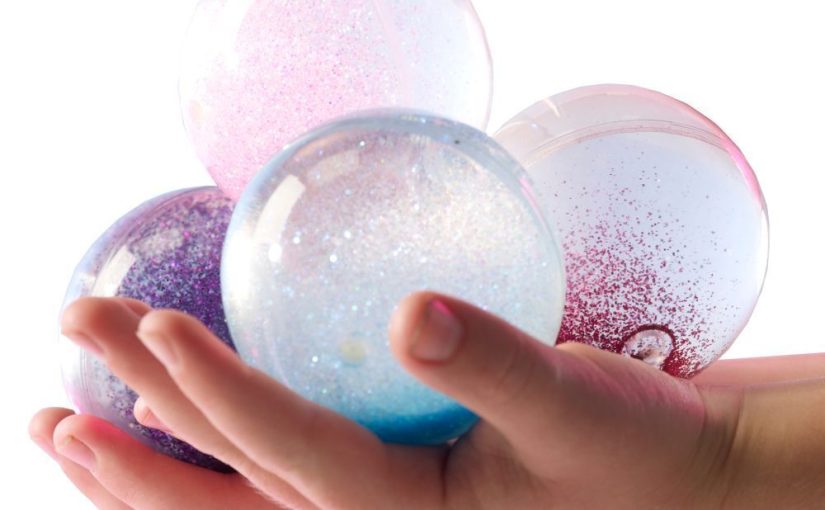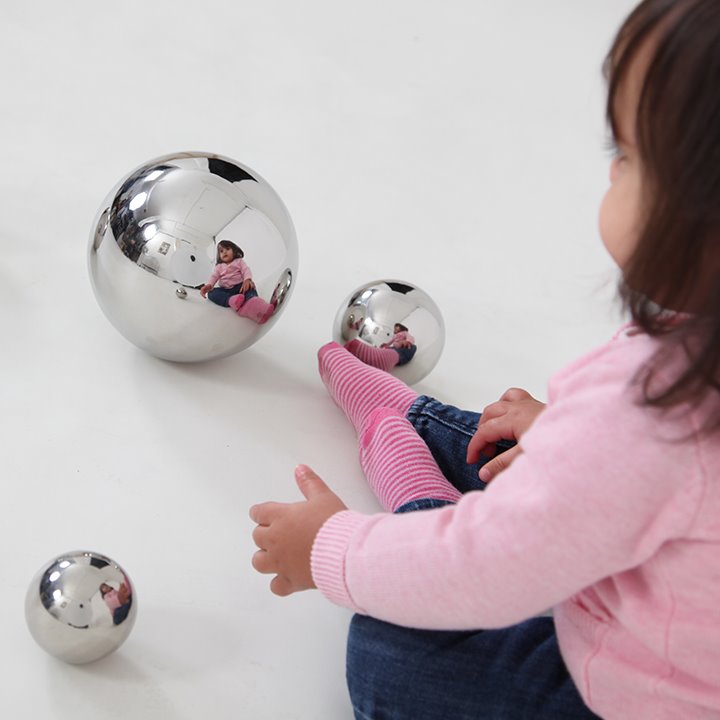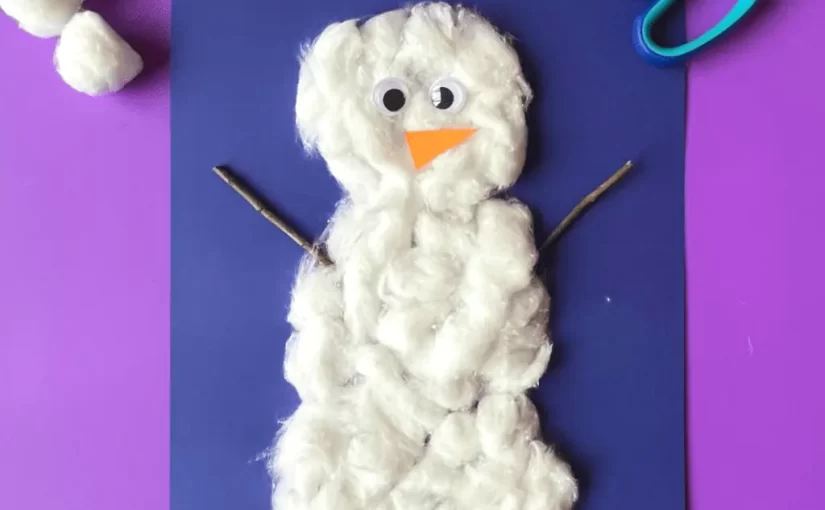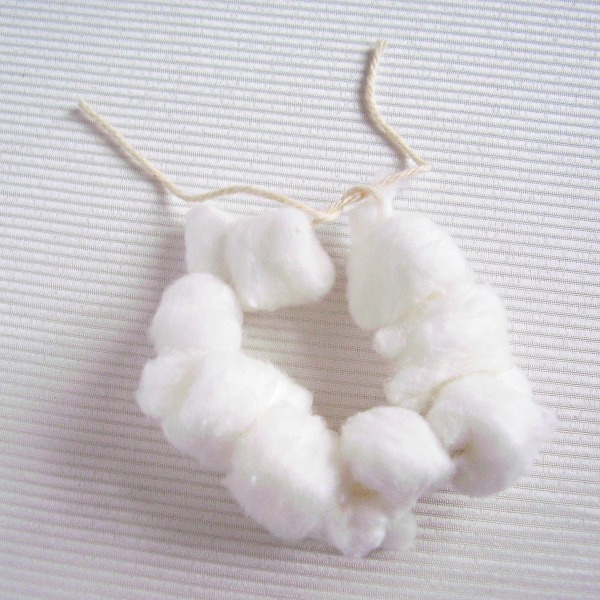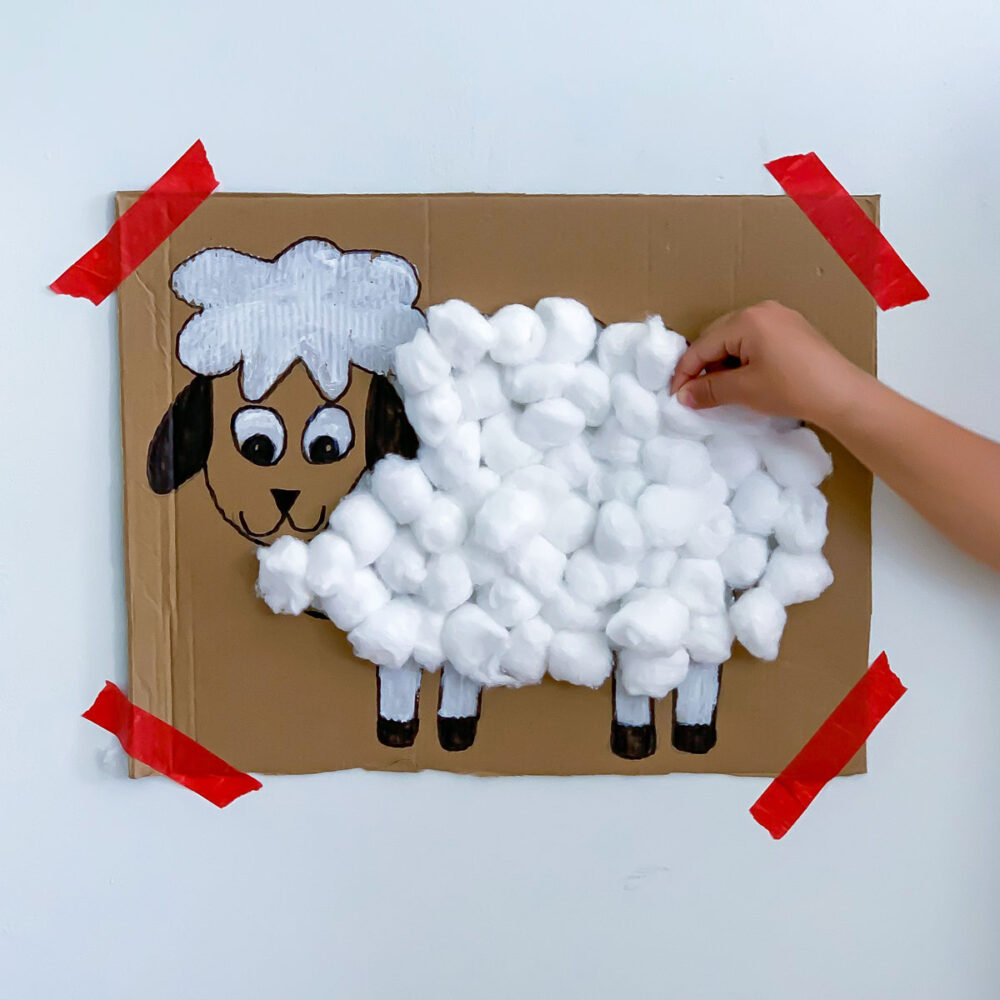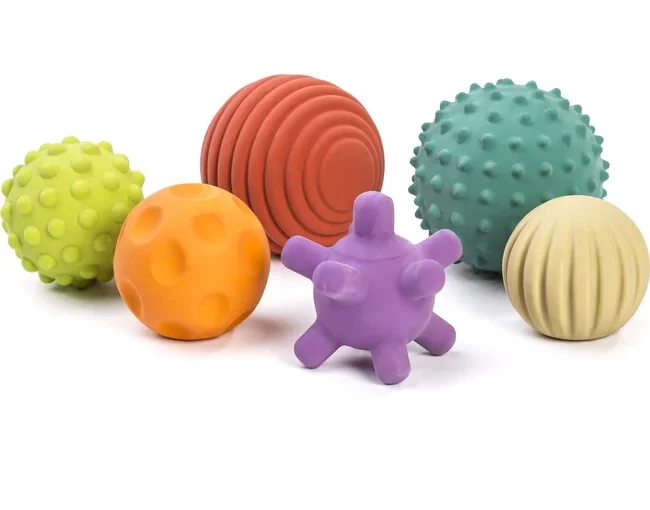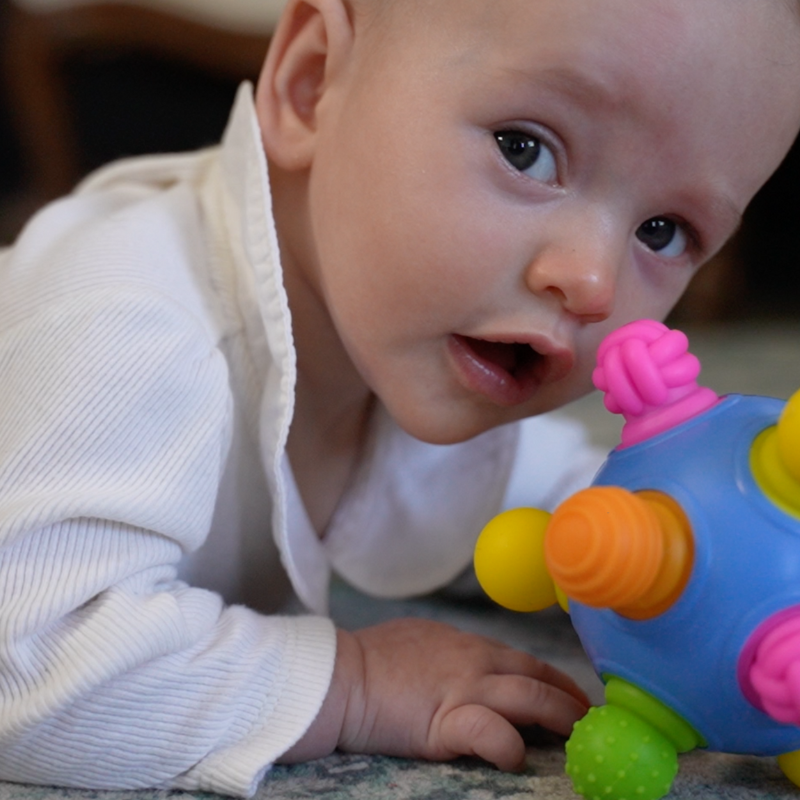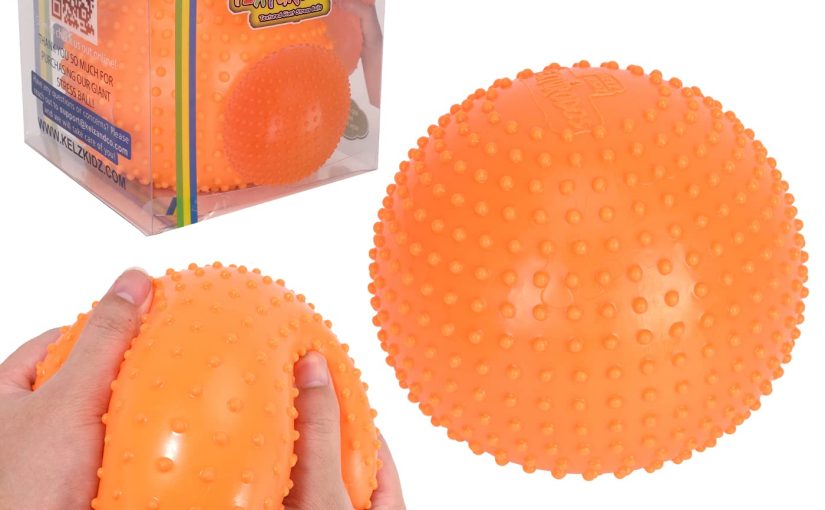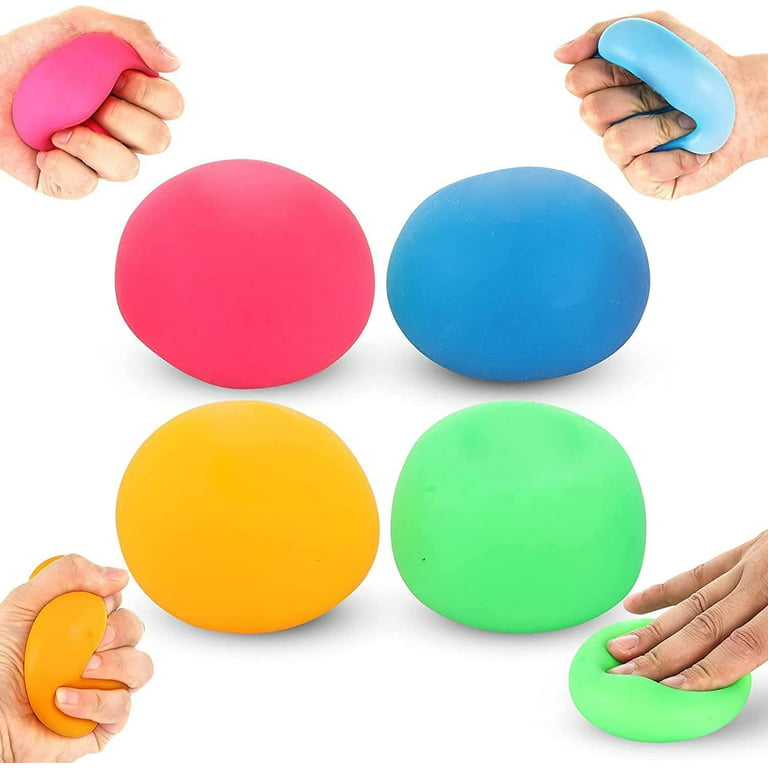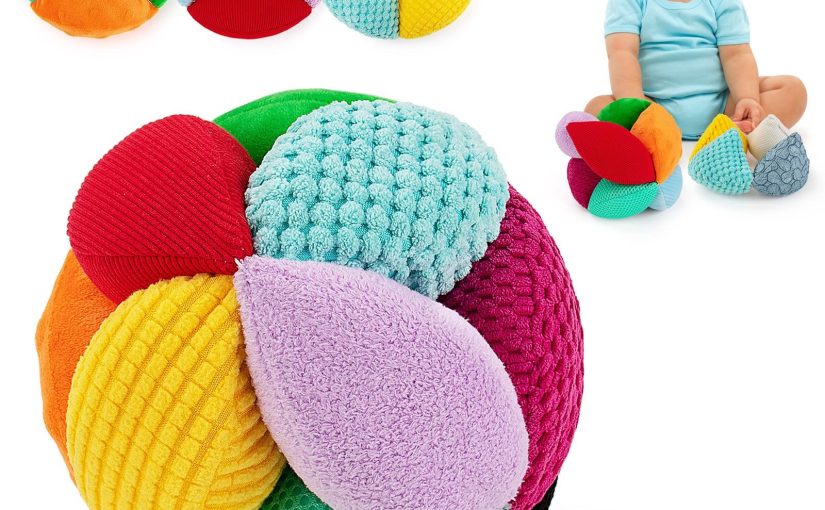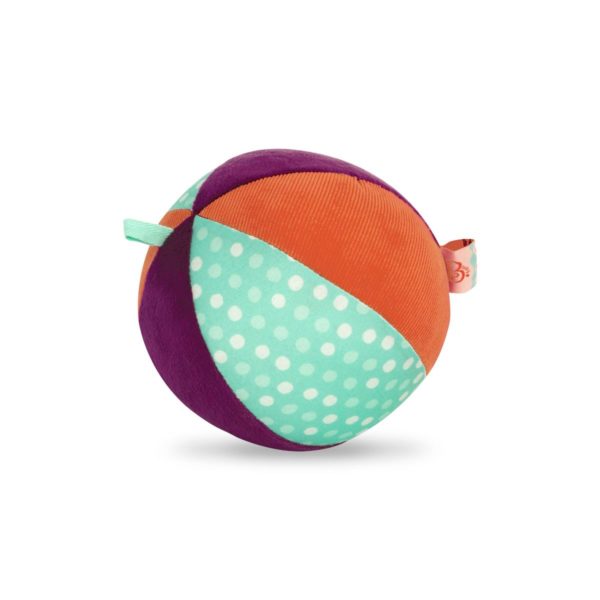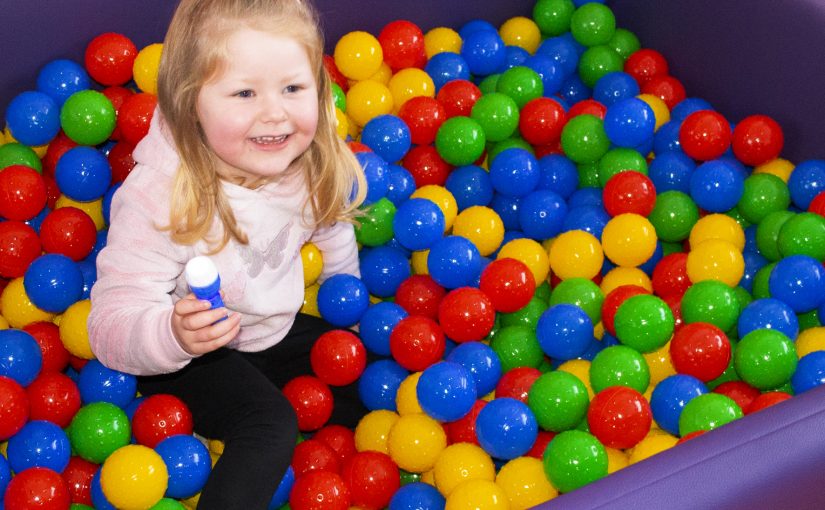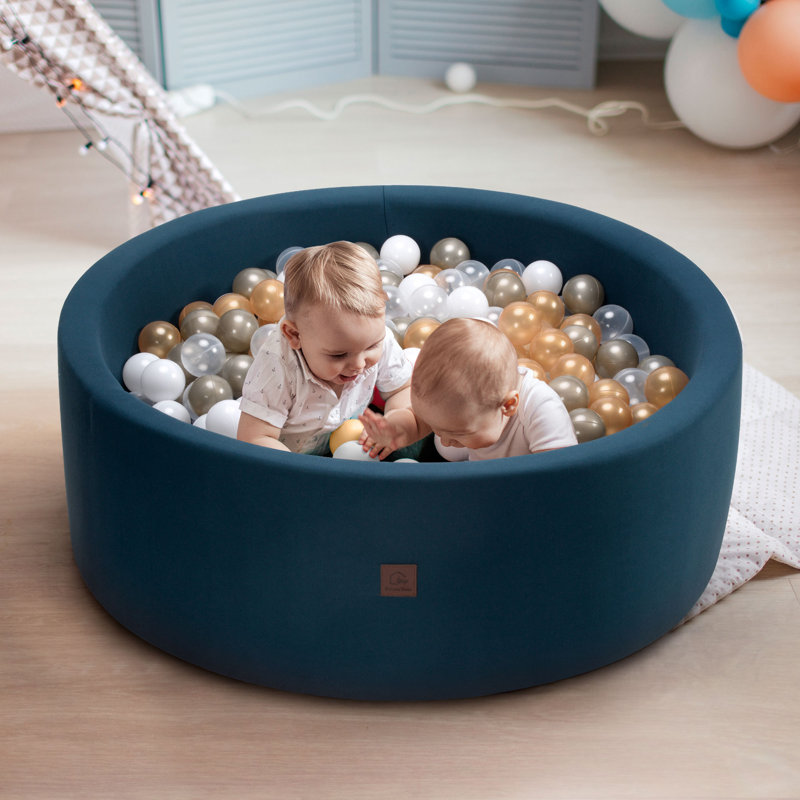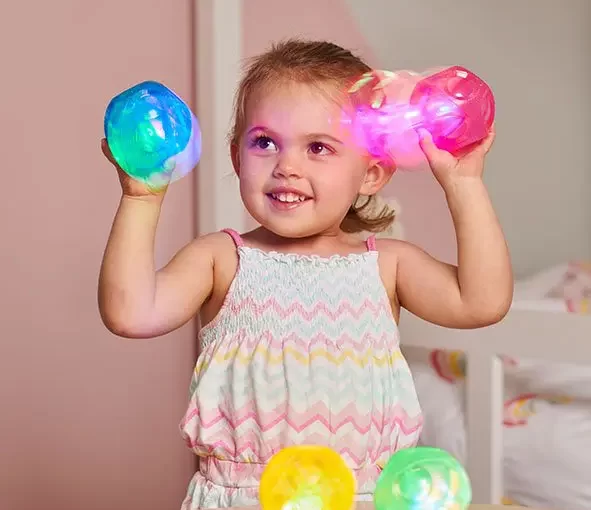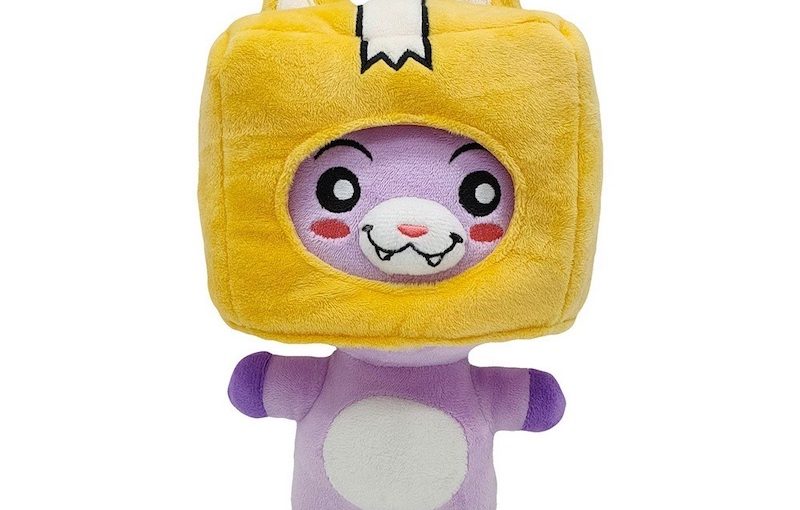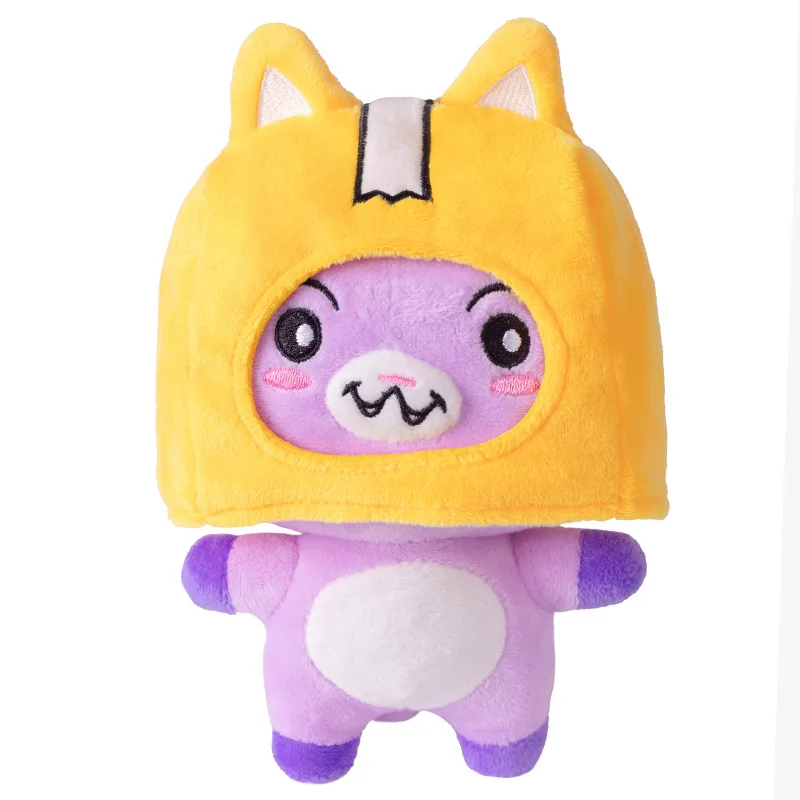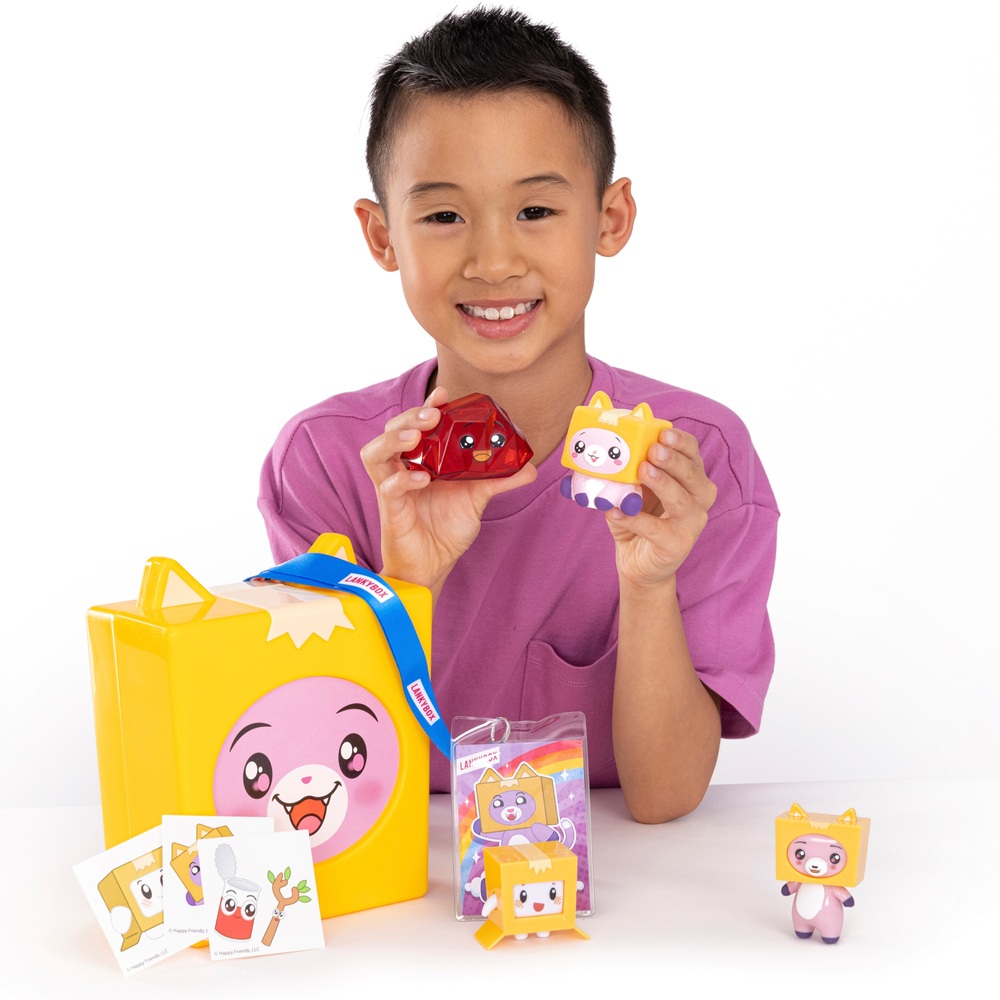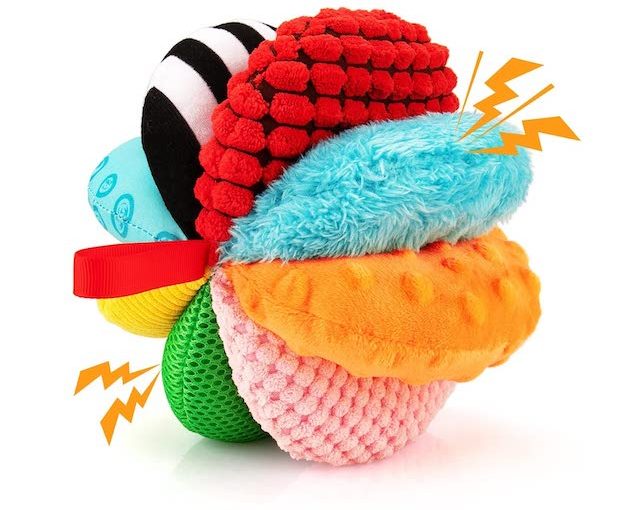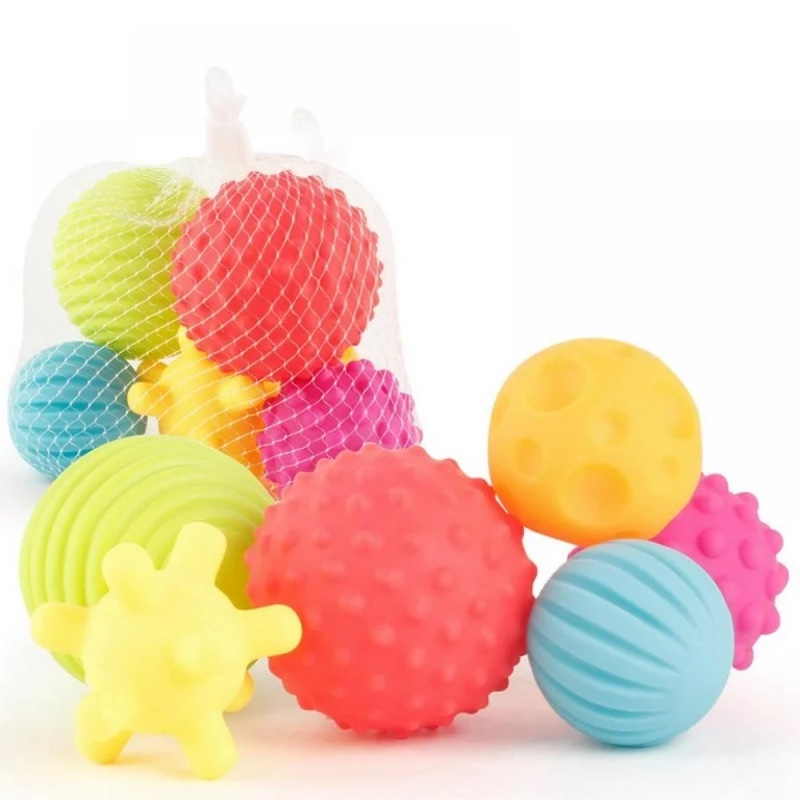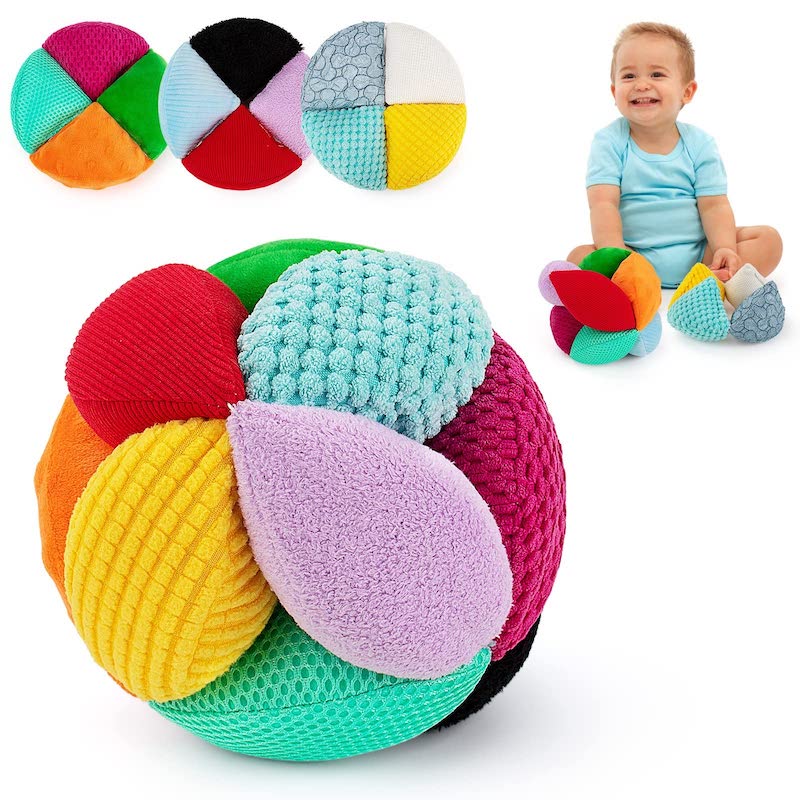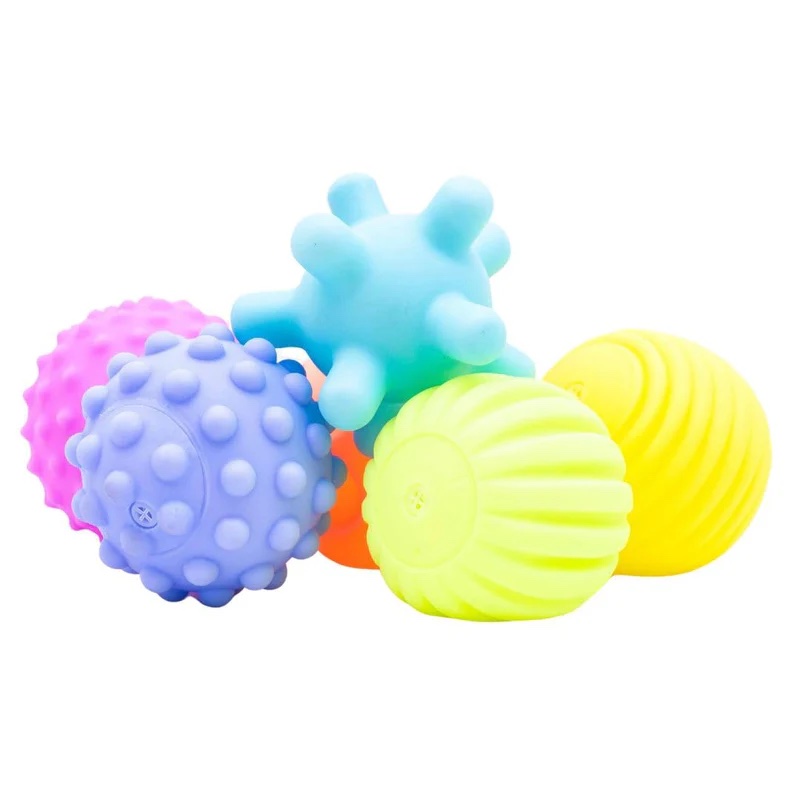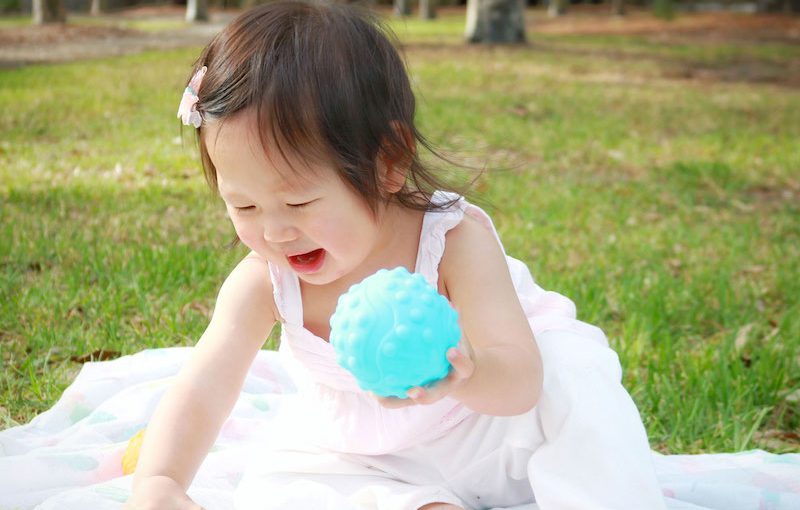The Importance of Sensory Play in Child Development
Sensory play is vital for kids. It helps young minds grow and learn about the world. Using items like sensory glitter balls makes playtime not only fun but also educational. Through touch, sight, and movement, children explore their senses. This kind of play boosts brain development. It aids in enhancing motor skills, problem-solving abilities, and social interaction. Sensory play also improves memory and calms anxious children. We see better language skills in kids who engage in sensory activities. They learn new words and concepts by interacting with different textures and colors. It’s important for parents and educators to include sensory play in daily routines. Sensory glitter ball offers an attractive and effective way to do this. They sparkle, bounce, and invite kids to engage with their environment. Remember, when kids play and explore, they are learning essential life skills.
What Are Sensory Glitter Balls?
Sensory glitter balls are visually captivating toys designed for sensory play. They are filled with shimmering glitter suspended in liquid, housed within a durable, transparent outer layer. When shaken or rolled, the glitter swirls and dances, creating a fascinating visual effect that delights the senses. These balls vary in size, but are typically small enough for easy handling by children. Their surface may be smooth or textured to offer different tactile experiences. Notably, sensory glitter balls are more than just eye-catching toys. They serve as educational tools that stimulate sight, touch, and movement. They’re commonly used in therapeutic settings to support children with sensory processing disorders. These sparkly spheres are safe for kids when used correctly, as they are generally made from non-toxic materials. Sensory glitter balls encourage children to engage actively with their environment, fostering both play and learning.
Types of Sensory Glitter Balls and Their Uses
When it comes to sensory glitter balls, there is a variety to choose from. Each type has specific uses and benefits that cater to different sensory needs. Here are some common types of sensory glitter balls and how they are used.
- Standard Sensory Glitter Balls: These are the basic models that are great for visual stimulation. Kids roll or shake them to watch the glitter move. They’re often used in sensory bins or as a calming tool.
- Textured Sensory Glitter Balls: These have raised bumps or ridges on the surface. They provide an added tactile element to sensory play. Textured balls are good for children who need more touch-based stimulation.
- Light-Up Sensory Glitter Balls: Some balls come with built-in LED lights. They light up when bounced or tapped. These are especially popular for engaging kids’ attention and encouraging physical activity.
- Musical Sensory Glitter Balls: These balls make sounds or play music when moved. They’re excellent for auditory sensory play. They help in developing a sense of rhythm and cause and effect.
- Large Sensory Glitter Balls: Bigger in size, these are designed for group play. They can be used in team-building activities. Large balls promote social interaction and cooperation among children.
These sensory glitter balls are not just for fun. They serve educational purposes too. Standard balls encourage observation and focus. Textured ones improve fine motor skills. Light-up balls help with visual tracking. Musical balls aid in auditory processing. And large balls encourage teamwork. All types serve an important role in sensory play.
Benefits of Using Sensory Glitter Balls in Play
Incorporating sensory glitter balls into playtime offers several benefits for children of all ages. Let’s delve into some of the key advantages:
- Promotes Multisensory Exploration: Sensory glitter balls encourage kids to use multiple senses simultaneously. While observing the shimmer, they also touch and move the balls, engaging sight, touch, and motion.
- Boosts Concentration and Focus: The captivating motion of the glitter within the balls can help children concentrate. Focusing on the swirling patterns can be a soothing activity that captures their full attention.
- Enhances Fine Motor Skills: Handling and manipulating the small, sometimes textured balls can improve manual dexterity. Children practice grips, rolls, and hand-eye coordination, vital for handwriting and other tasks.
- Fosters Emotional Regulation: For children who experience anxiety or sensory overload, the gentle movement of glitter can be calming. It offers a visual focal point which can aid in self-regulation during overwhelming situations.
- Facilitates Language Development: As kids describe what they see and feel, they use new vocabulary and language structures. Talking about the balls’ colors, motions, and textures supports language learning.
- Encourages Creativity and Imagination: Sensory glitter balls can be used in a variety of open-ended ways. Kids create their own games and stories, using the balls as sensory-rich props that spark the imagination.
By integrating sensory glitter balls into play, you offer kids a fun, dynamic way to develop essential skills. Whether for education or therapeutic purposes, these sparkling spheres are a valuable tool for enriching young minds.
How to Integrate Sensory Glitter Balls into Playtime Activities
To make the most of sensory glitter balls, try these simple strategies:
- Create a Sensory Bin: Fill a container with items like rice, beans, or sand. Add sensory glitter balls for children to dig and discover. It’s a simple setup that can keep them engaged for hours.
- Incorporate Them into Storytime: Use sensory glitter balls as props during storytelling. They can represent characters or magical objects, adding a visual and tactile element to listening and comprehension.
- Design a Treasure Hunt: Hide the balls around the room or outdoor area. Encourage kids to find them using clues. This game sharpens observation skills and adds excitement to sensory play.
- Use as a Calming Tool: Teach children to focus on rolling or shaking a sensory glitter ball when they feel overwhelmed. The glitter’s movement provides a soothing distraction that can help with emotional self-regulation.
- Combine with Music: Play soft music and have children move the balls in rhythm. This enhances auditory processing and the ability to synchronize movement with sound.
- Encourage Group Play: Roll a large sensory glitter ball back and forth in a circle. It’s a fun way to build social skills and teamwork while engaging kids in physical activity.
These activities are not only enjoyable but also aid in children’s developmental growth. By incorporating sensory glitter balls into various playtime activities, you can enhance children’s sensory experiences and learning opportunities.
Safely Using and Maintaining Sensory Glitter Balls
When introducing sensory glitter balls to children, safety is paramount. Here are some guidelines to ensure safe and long-lasting use of these playful tools:
- Inspect Regularly: Always check for cracks or leaks before play. Small hands can be rough, and wear is natural over time.
- Supervise Young Children: Keep an eye on little ones during play. This helps prevent accidental ingestion of glitter or liquid.
- Clean With Care: Wipe sensory glitter balls with a damp cloth. Avoid harsh chemicals that may damage the outer layer or harm children.
- Store Properly: Keep them in a cool, dry place, away from direct sunlight. This prevents the colors from fading and the liquid from warping.
- Follow Age Recommendations: Use sensory glitter balls appropriate for the child’s age group. Some may have smaller parts not suitable for toddlers.
By following these simple steps, you can ensure these sensory glitter balls remain a safe and dependable resource in playtime activities.
Creative Ideas for Sensory Glitter Ball Games
To bring a new dimension to playtime, try these creative sensory glitter ball games:
- Glitter Ball Bowling: Set up pins and roll a sensory glitter ball towards them.
- Balancing Act: Children try to balance a ball on the back of their hand or a spoon.
- Glitter Ball Relay: Kids pass the ball from one to another using only their knees.
- Color Sorting Challenge: Use multiple balls and have kids sort them by the color of the glitter.
- Glitter Ball Hunt: Hide them around and let kids find them using only touch.
- Catch and Describe: Toss a sensory glitter ball and have kids describe its movement and feel.
- Artistic Patterns: Roll balls over paper with paint to create unique art pieces.
- Glitter Ball Mazes: Create a maze with blocks and have children navigate the ball through it.
Where to Purchase Quality Sensory Glitter Balls
Finding the right sensory glitter balls is key to providing a safe and engaging play experience for children. Here are some tips on where to look:
- Specialty Toy Stores: These stores often have a wide range of educational toys, including sensory glitter balls.
- Online Retailers: Websites like Amazon offer a vast selection of these balls. Customer reviews can help you choose.
- Therapeutic Equipment Suppliers: If you’re after high-quality, durable balls, check suppliers who cater to therapeutic settings.
- Crafts and Hobby Shops: Some shops geared towards arts and crafts may carry sensory glitter balls for creative projects.
- Local Markets: Occasionally, local artisans and sellers at craft fairs or markets may offer handmade sensory glitter balls.
- Direct from Manufacturers: Buying direct can often provide good deals and ensure product authenticity.
When shopping, remember to look for non-toxic materials and age-appropriate designs. Check for any safety certifications, and read the product descriptions carefully. With the right sensory glitter balls, you add both fun and learning to a child’s playtime.
